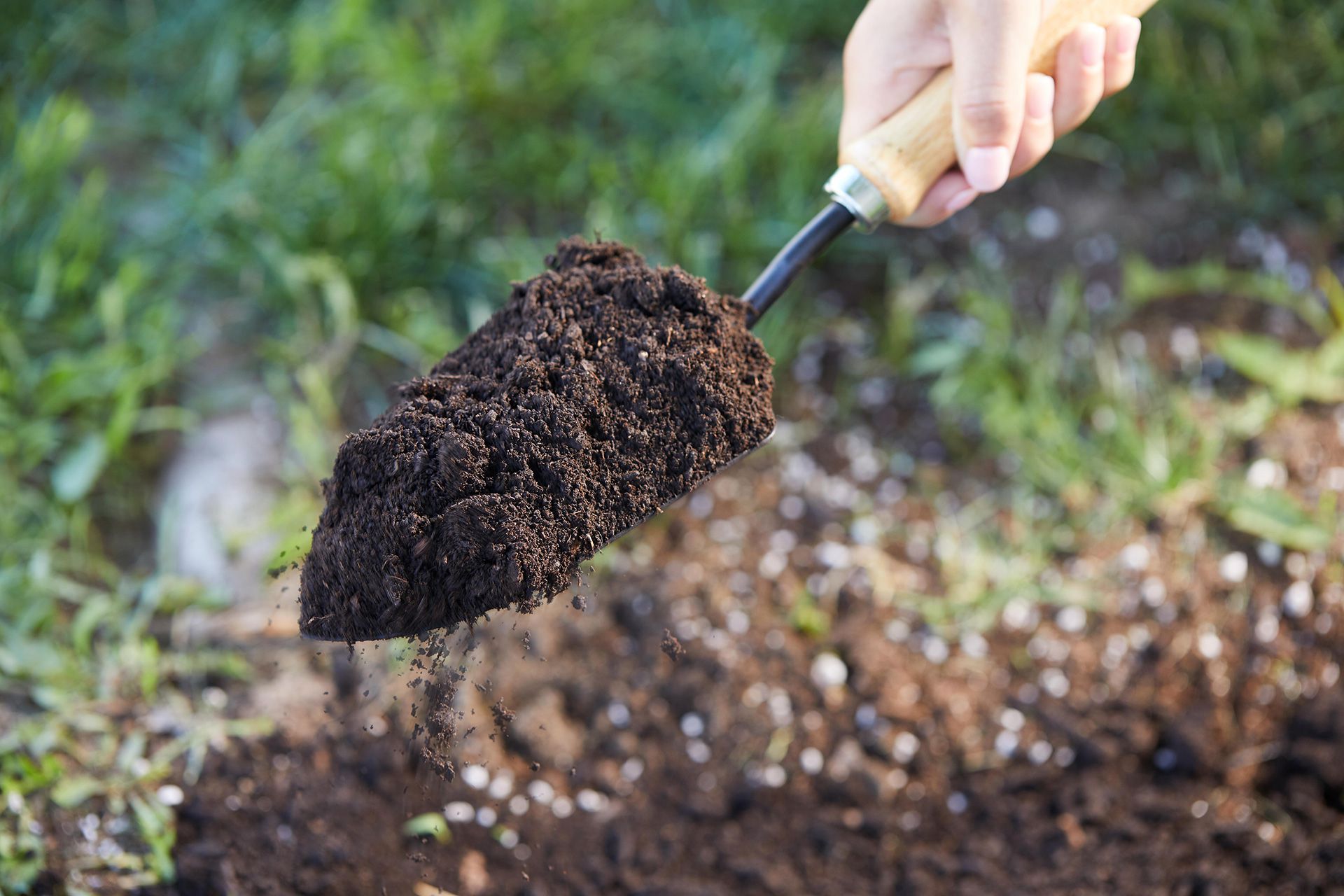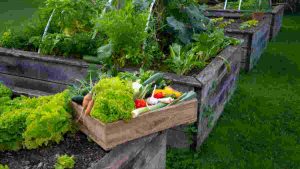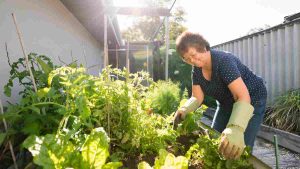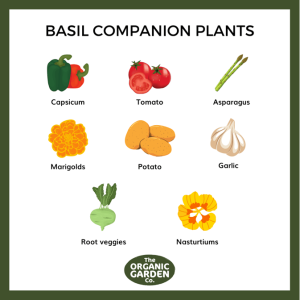Well-drained soil allows water to pass through it quickly, preventing waterlogging. It provides essential oxygen to plant roots.
Well-drained soil is crucial for healthy plant growth. It prevents root rot and other water-related issues. Good drainage ensures that plants receive adequate oxygen. This type of soil contains a balanced mix of sand, silt, and clay. It also has organic matter to enhance its structure and nutrient-holding capacity.
Compacted soil, in contrast, restricts water flow and air movement. Gardening experts recommend amending heavy clay or sandy soils to improve drainage. Adding compost or other organic matter can significantly enhance soil quality. Properly managed, well-drained soil promotes vigorous plant growth and robust root systems.

Credit: www.highcountrygardens.com
Introduction To Well-drained Soil
Understanding well-drained soil is crucial for healthy plant growth. This type of soil allows water to flow through easily, preventing waterlogging and root rot.
Plants need a balance of water and oxygen in the soil. Well-drained soil helps achieve this balance. Let’s explore why well-drained soil is important and clear up some common misconceptions.
Importance For Plants
Well-drained soil prevents water from sitting around plant roots. This helps avoid root rot and other diseases. Healthy roots can breathe and access nutrients more efficiently.
In well-drained soil, plants grow stronger and produce more flowers and fruits. They are also better at resisting pests and diseases. Gardens with well-drained soil require less maintenance.
Common Misconceptions
Some people think sandy soil is always well-drained. This is not true. While sand drains water quickly, it may not hold enough nutrients for plants.
Another misconception is that adding gravel to the bottom of pots improves drainage. This can actually worsen drainage by creating a waterlogged layer at the bottom.
Using organic matter like compost improves soil drainage and adds nutrients. This helps create a balanced environment for plants to thrive.
Many believe that heavy clay soil can’t be improved. Adding organic matter and aerating clay soil can significantly improve its drainage.
| Soil Type | Drainage | Nutrient Holding |
|---|---|---|
| Sand | High | Low |
| Clay | Low | High |
| Loam | Moderate | Moderate |

Credit: m.youtube.com
Characteristics Of Well-drained Soil
Well-drained soil is essential for healthy plant growth. It helps prevent root rot and allows roots to access oxygen. Understanding its characteristics can help you create the ideal environment for your plants.
Texture And Structure
Well-drained soil has a balanced texture. It contains a mix of sand, silt, and clay. This mix ensures water can pass through easily.
Sand particles are large and create spaces for air. Silt particles are medium-sized and help retain moisture. Clay particles are small and hold nutrients. Together, they form a loamy texture, ideal for drainage.
Soil structure also matters. Well-drained soil has good aggregation. This means soil particles stick together in small clumps. These clumps create channels for water and air to move through.
Water Retention
Well-drained soil retains the right amount of water. It absorbs water quickly but does not stay soggy. This balance prevents waterlogging, which can damage roots.
- Porosity: Well-drained soil has many pores. These pores hold water and air.
- Capillary Action: Small pores in the soil pull water up. This action helps keep roots moist without drowning them.
To test your soil’s water retention, dig a hole and fill it with water. If it drains within 1-2 hours, your soil is well-drained.
Benefits For Plant Health
Well-drained soil is crucial for healthy plants. It offers multiple benefits that contribute to the overall health and vigor of your garden.
Root Growth
Well-drained soil promotes strong root growth. Roots need air to breathe. Soil that drains well provides air pockets. These air pockets are essential for root health. Plants with strong roots are sturdy and resistant.
Roots can grow deeper in well-drained soil. Deeper roots mean better access to nutrients and water. This leads to healthier and more resilient plants.
Disease Prevention
Well-drained soil helps prevent plant diseases. Waterlogged soil can cause root rot. Root rot is a common issue in poorly drained soil. Well-drained soil reduces this risk significantly.
Many harmful fungi thrive in wet soil. By ensuring proper drainage, you create an environment less favorable to these fungi. This helps keep your plants disease-free and healthy.
How To Test Soil Drainage
Understanding how to test soil drainage is crucial for healthy plants. Well-drained soil helps prevent root rot and other issues. Below, we explore simple ways to test soil drainage.
Simple Drainage Test
Here’s a quick method to check soil drainage at home:
- Dig a hole about 12 inches deep and 6 inches wide.
- Fill the hole with water and let it drain completely.
- Fill the hole with water again and note the time.
If the water drains within 1-2 hours, the soil has good drainage. If it takes longer, your soil may need amendments.
Professional Soil Analysis
For a more detailed analysis, consider professional soil testing. This method provides accurate information about soil composition and drainage capabilities.
Here’s what a professional soil analysis might include:
- Soil Composition: Determines the proportions of sand, silt, and clay.
- Nutrient Levels: Measures essential nutrients like nitrogen, phosphorus, and potassium.
- pH Levels: Indicates the acidity or alkalinity of the soil.
Professional tests can help you understand specific soil needs. This ensures your plants get the best care possible.
Improving Soil Drainage
Well-drained soil is vital for healthy plant growth. It ensures roots get the right balance of air and water. Poor drainage can lead to root rot and other issues. Improving soil drainage can help your garden thrive.
Amendments And Additives
Using soil amendments can greatly improve drainage. They change the texture and structure of the soil. Here are some common amendments:
- Sand: Adds grit and helps water move through the soil.
- Compost: Improves soil structure and adds organic matter.
- Perlite: Lightweight and increases air space in soil.
- Peat Moss: Helps soil retain moisture without becoming waterlogged.
Mix these additives into your soil to enhance drainage. Each amendment serves a unique purpose. Choose based on your specific soil needs.
Techniques And Practices
Effective techniques can also improve soil drainage. Here are some key practices:
- Raised Beds: Elevate planting areas to improve water flow.
- Double Digging: Loosen soil deeper than usual to enhance drainage.
- Mulching: Helps prevent soil compaction and improves moisture control.
- Proper Watering: Avoid overwatering to prevent waterlogging.
Use these practices to create better-draining soil. Consistent care and attention will yield the best results.
Choosing Plants For Well-drained Soil
Choosing plants for well-drained soil is crucial for a thriving garden. Well-drained soil keeps plants healthy by preventing waterlogging and root rot. It’s essential to select plants that thrive in these conditions. This section will guide you on the best plants for well-drained soil and planting tips to ensure their growth.
Best Plant Types
Certain plants flourish in well-drained soil. Here are some top choices:
- Lavender: Prefers dry, well-drained soil. It’s drought-resistant and fragrant.
- Rosemary: Thrives in sandy, well-drained soil. Perfect for culinary use.
- Sedum: A succulent that loves well-drained, rocky soil. Low maintenance.
- Yarrow: Requires well-drained soil. Attracts beneficial insects.
- Thyme: Grows well in well-drained soil. Adds flavor to dishes.
Planting Tips
Follow these tips for planting in well-drained soil:
- Test the Soil: Ensure the soil drains well by conducting a simple test. Dig a hole, fill it with water, and check the drainage speed.
- Amend the Soil: If needed, add organic matter like compost to improve soil structure.
- Plant at the Right Depth: Ensure you plant at the proper depth to avoid root issues.
- Water Wisely: Water deeply but infrequently to encourage deep root growth.
- Mulch: Use mulch to retain moisture and prevent weeds.
Choosing the right plants and following these tips ensures your garden thrives in well-drained soil.
Common Problems And Solutions
Well-drained soil is vital for healthy plants. However, many gardeners face common issues that affect soil drainage. Here, we will explore these problems and provide practical solutions to ensure your soil remains well-drained and your plants thrive.
Overwatering Issues
Overwatering is a frequent problem in gardens. It leads to root rot and other plant diseases. Plants need water, but too much can be harmful. Here are some solutions:
- Check the soil moisture before watering.
- Use a soil moisture meter to avoid overwatering.
- Ensure pots have drainage holes.
- Water plants in the morning to allow soil to dry during the day.
Compacted Soil Fixes
Compacted soil prevents water from draining properly. It can suffocate plant roots. To fix compacted soil, try these solutions:
| Solution | Description |
|---|---|
| Aeration | Use a garden fork to poke holes in the soil. |
| Organic Matter | Mix compost or peat moss to improve soil structure. |
| Mulching | Apply mulch to reduce soil compaction and retain moisture. |
Implement these solutions to maintain well-drained soil for healthy plants.

Credit: yardandgarden.extension.iastate.edu
Maintaining Well-drained Soil
Maintaining well-drained soil is essential for healthy plants. Good soil drainage prevents root rot and other issues. This section will guide you on how to keep your soil well-drained.
Seasonal Care
Seasonal care ensures your soil stays well-drained all year. In spring, add organic matter like compost. This improves soil structure and drainage. Mulching in summer helps retain moisture while preventing waterlogging.
In autumn, remove fallen leaves and debris. They can block drainage. During winter, protect the soil with cover crops. These crops prevent soil compaction from heavy rains.
Long-term Strategies
Long-term strategies help maintain soil drainage over many years. Regularly test your soil’s pH and texture. Adjust as needed for optimal drainage.
- Use Raised Beds: Raised beds improve drainage by elevating the soil.
- Add Organic Matter: Regularly add compost or aged manure. This boosts soil health and drainage.
- Install Drainage Systems: Consider installing French drains or other systems. These help manage excess water.
Planting cover crops during off-seasons also improves soil structure. They add organic matter and reduce compaction.
Maintaining well-drained soil involves seasonal care and long-term strategies. Follow these tips to ensure your plants thrive.
Frequently Asked Questions
How Do You Make Soil Well Drained?
To make soil well-drained, mix in organic matter like compost or peat moss. Ensure proper aeration by loosening compacted soil. Add sand or perlite for improved drainage. Create raised beds to prevent waterlogging. Regularly check and adjust soil composition.
How Do I Know If My Soil Is Well Drained?
To test soil drainage, dig a hole, fill it with water, and observe. Well-drained soil drains within 24 hours.
What Is A Well-draining Soil Mix?
A well-draining soil mix contains sand, perlite, or pumice. It prevents water from pooling and ensures roots get oxygen. Ideal for succulents and cacti.
Is Miracle Gro Garden Soil Well Drained?
Yes, Miracle Gro garden soil is well-drained. It contains ingredients that help improve soil aeration and drainage.
Conclusion
Well-drained soil is essential for healthy plant growth. It prevents root rot and promotes nutrient absorption. Ensure your garden soil has good texture and organic matter. Proper drainage leads to thriving plants and a beautiful garden. Invest time in soil preparation for better plant health and stronger growth.






